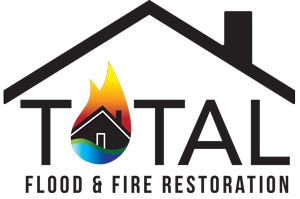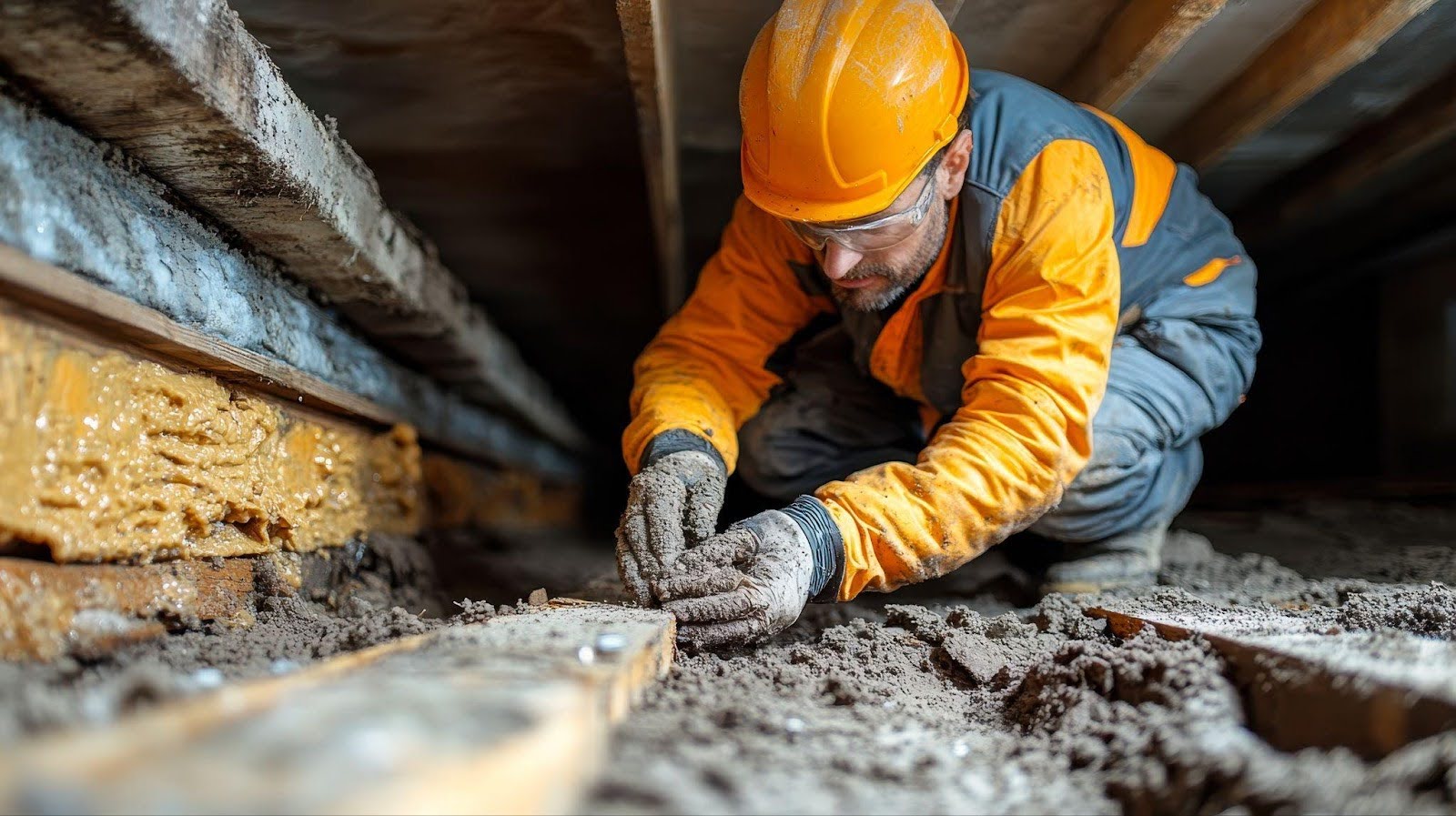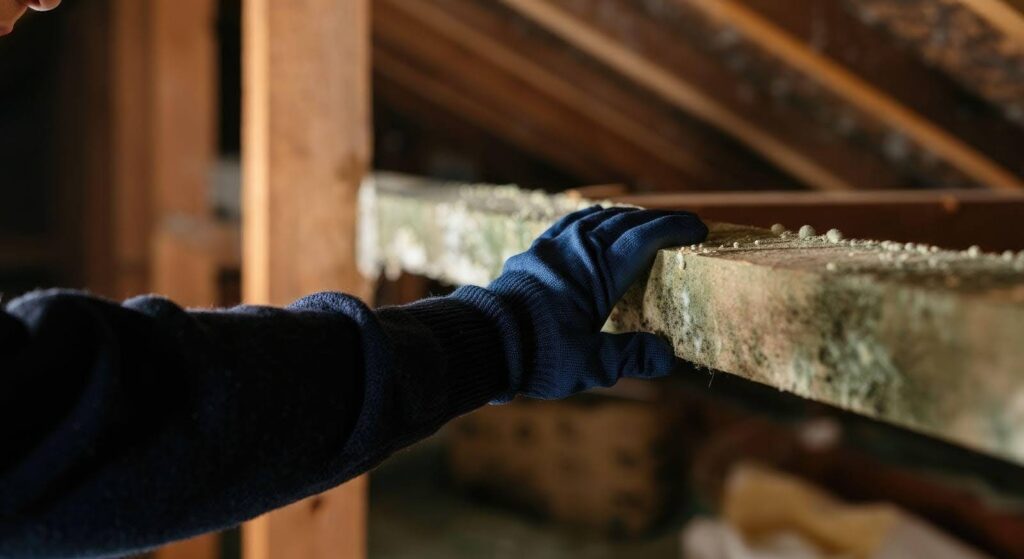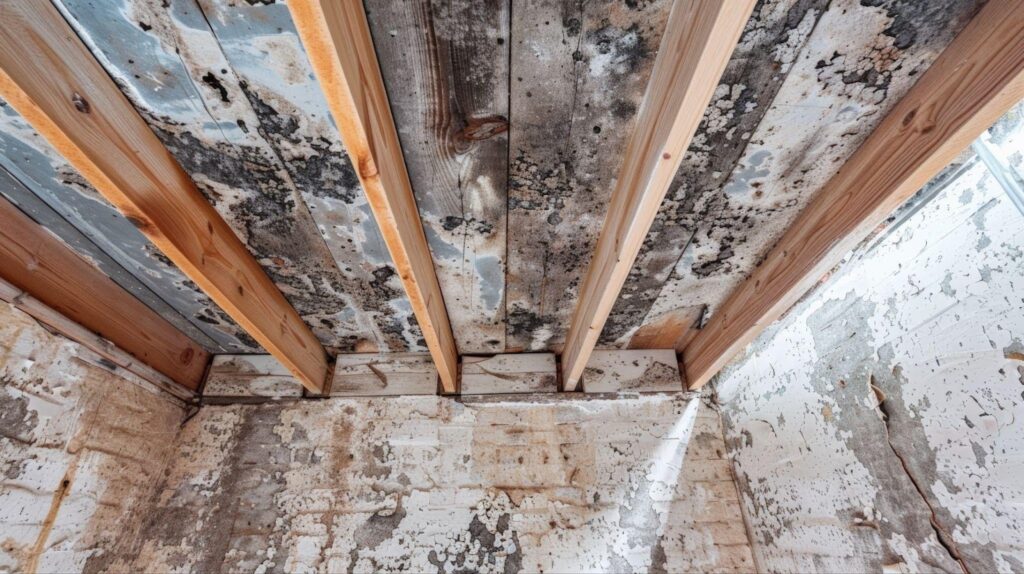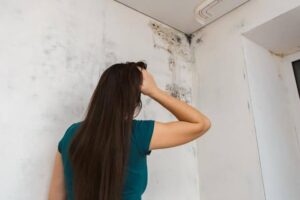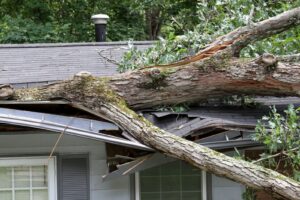Attics and basements often trap moisture and lack ventilation, making them prime targets for mold growth. Roof leaks, foundation cracks, and humidity create ideal conditions for mold to thrive unnoticed.
Mold stains surfaces, weakens wood, insulation, and drywall, damages your home’s structure, and affects your health by triggering allergies and respiratory issues. Removing mold after it spreads leads to expensive repairs.
This guide shares clear, effective ways to prevent mold in your attic or basement. With the right approach, you’ll protect your home, save money, and maintain a healthier living environment.
Understanding the risks
Moisture often builds up in attics and basements due to poor airflow, roof leaks, flooding, and high humidity. Warm air and bad ventilation lead to condensation in attics. In basements, groundwater seepage and plumbing issues create damp conditions.
This moisture fuels mold growth. It damages insulation, weakens wood, ruins drywall, and destroys stored belongings like paper, fabric, and cardboard. Addressing these risks early protects your home’s structure and prevents expensive repairs.
Moisture control in the attic
Start by inspecting your roof regularly for leaks and missing or damaged shingles. Even small openings let in rain and snow, which quickly saturate attic materials and invite mold.
Check the seals around vents, chimneys, and skylights. Gaps in these areas often allow moisture to creep in. Use waterproof caulk or flashing tape to secure these vulnerable spots and block water intrusion.
Proper insulation plays a critical role in moisture control. Insulation prevents warm, humid air from rising into the attic and condensing on cooler surfaces. Make sure your attic floor has consistent coverage without gaps or compressed areas.
Finally, maintain clear and balanced ventilation throughout the attic. Ridge vents, soffit vents, and gable vents work together to circulate air and reduce humidity. Remove any insulation or debris that blocks airflow, and consider adding mechanical ventilation if natural airflow falls short.
Moisture control in the basement
Start by inspecting your basement walls and foundation for visible cracks. Even small fissures allow water to seep in, especially during heavy rain or snowmelt. Seal cracks with hydraulic cement or epoxy to block unwanted moisture at the source.
Next, evaluate your home’s drainage system. Make sure gutters and downspouts remain clean and intact. Extend downspouts at least six feet away from the foundation to redirect water safely away from the basement.
Install a sump pump in areas prone to flooding or high groundwater. This device actively removes water that accumulates around the foundation, helping prevent standing moisture and structural damage. For extra protection, line your basement floor or walls with vapor barriers to block humidity from seeping in through porous surfaces.
Finally, use a dehumidifier to regulate indoor moisture. Aim to keep humidity between 30 and 50 percent to discourage mold and mildew growth. Position the unit near humid zones and clean the filter regularly to maintain airflow and performance.
Improving airflow and ventilation
Proper airflow stops moisture from lingering and mold from taking hold. Start by installing exhaust fans in bathrooms, laundry rooms, and other high-humidity spaces. These fans remove warm, damp air at the source and reduce condensation on surfaces like walls, ceilings, and windows.
In closed or stuffy areas, open windows when weather allows to introduce fresh air and push out stale, moist air. If natural ventilation falls short, use box fans or floor fans to keep air moving. Position fans near problem zones to prevent damp pockets from forming.
Remove clutter from corners, shelves, and storage areas. Piles of boxes or stacked items trap moisture and block airflow, creating ideal conditions for mold growth. Keep pathways clear and leave space between stored belongings to allow air to circulate freely.
Monitoring humidity levels
Controlling humidity keeps mold from invading attics and basements. Use a hygrometer to measure indoor moisture levels. Place one in both the attic and basement to catch humidity spikes early. Ideal humidity falls between 40% and 50%. Anything higher encourages mold growth and condensation on walls, insulation, and stored items.
Set up automatic dehumidifiers in moisture-prone areas. Choose units with built-in hygrometers and continuous drainage options to maintain steady performance without frequent emptying. Connect them to a floor drain or external hose to manage long-term use efficiently.
Keep moisture levels stable throughout the year by adjusting for seasonal changes. In summer, run dehumidifiers more frequently. In winter, seal drafty windows and vents that introduce cold, damp air. Check your home after storms or plumbing leaks to catch hidden moisture before it spreads.
Choosing mold-resistant materials
Building with mold-resistant materials strengthens your defense against moisture. Install mold-resistant materials, such as drywall and insulation, in your attic and basement. These products resist moisture absorption and inhibit fungal growth, even in humid conditions. Apply mold-resistant paint to walls and ceilings to create an extra barrier that helps protect surfaces long-term.
For storage, replace wood and fabric-based shelving with plastic or metal options. These materials resist moisture, don’t absorb water, and clean easily. Position shelves off the floor to improve airflow and reduce the chance of water exposure during flooding or leaks.
Avoid storing cardboard boxes, upholstered items, or organic materials in areas prone to dampness. These items absorb moisture quickly and give mold the nutrients it needs to spread. Instead, use airtight plastic bins, especially for paper records, seasonal clothing, and delicate keepsakes.
Regular maintenance and inspections
Staying ahead of mold requires consistent upkeep and careful monitoring. Schedule seasonal inspections of your roof and foundation to catch early signs of damage. Look for missing shingles, flashing issues, and cracks that allow water to enter. Addressing these problems early helps you avoid more serious moisture issues down the line.
Clean and inspect your HVAC system and ductwork regularly. Dust, condensation, and organic debris build up in these systems, creating an ideal breeding ground for mold. Replace filters often and ensure vents remain unobstructed to maintain clean, dry airflow throughout your home.
Inspect your storage areas frequently. Check plastic bins, furniture, and corners for any signs of moisture, discoloration, or musty odors. Even in sealed containers, trapped humidity may lead to hidden mold growth. Rotating stored items and wiping down surfaces reduces buildup and helps you catch issues before they spread.
Protect your house from top to bottom with Total Flood and Fire Restoration
If you suspect water damage or mold in your attic or basement, don’t wait for it to spread. The certified experts at Total Flood and Fire Restoration provide thorough inspections, proven remediation strategies, and long-term prevention solutions. Trust our experienced team to restore your home and help you stay mold-free for good.
